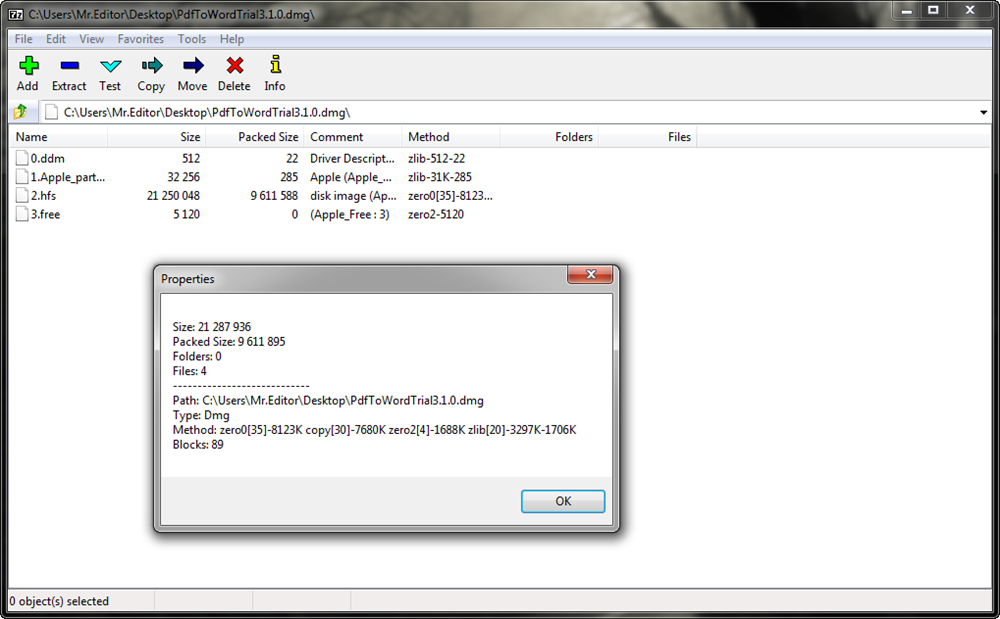

Use a text editor to add the following three lines: If you aren't sure which one to go with, keep Git as your option.Ĭlick Create repository. Bitbucket creates your repository and displays its Source page.ĭouble-click the bitbucketstationsupplies repository in Sourcetree and notice that there is nothing to commit from your local repository to the remote repository. Include a README? -If you recently created your account, this defaults to a tutorial README. For the purposes of this tutorial, pick either of the Yes options, that way you'll start out with a file.įrom Version control system, you can choose either Git or Mercurial. If this box is unchecked, anyone can see your repository. Keep the rest of the options as is unless you want to change them:Īccess level -Leave the This is a private repository box checked. A private repository is only visible to you and those with access. For example, if the user the_best has a repository called awesome_repo, the URL for that repository would be. Bitbucket uses this Name in the URL of the repository. With the exception of the Repository type, everything you enter on this page you can later change.Įnter BitbucketStationSupplies for the Name field. Take some time to review the dialog's contents. Bitbucket displays the Create a new repository page. From Bitbucket, click the + icon in the global sidebar and select Repository.PostgreSQL databases provide enterprise-class database solutions and are used by a wide variety of enterprises across many industries, including financial services, information technology, government and media & communications.ĭownload PostgreSQL today to enjoy the benefits of open source databases.Do the following to create your repository: NET, Perl, Python, Ruby, C/C+, PHP, Lisp, Scheme, and Qt. Postgres also offers the following Library interfaces: OCI, libpq, JDBC, ODBC. It offers the following programming languages: PL/pgSQL, PL/SQL, Java, Python, Ruby, C/C+, PHP, Perl, Tcl, Scheme. PostgreSQL runs on all major operating systems, including Linux, UNIX (AIX, BSD, HP-UX, macOS, Solaris), and Windows.
#Open dmg file on windows full#
It is an object-oriented database that is fully ACID compliant and highly extensible, enabling the community to add new features and capabilities as workload demands evolved.īecause of its extensibility, PostgreSQL offers a wide variety of built-in PostgreSQL data types including JSON, XML, HSTORE (key-value), Geo-spatial (PostGIS), IPv6 flexible indexing, featuring composite indexes, GiST, SP- GiST, GIN full Text Search, online index reorganization background workers such as a managed process known as Mongress, which accepts MongoDB queries to interface with Postgres data a contrib module interface: pgcrypto (data encryption), pg_trgm (find 'similar' data), HSTORE (schema-less data) and extensive SQL support. In development for more than 20 years, PostgreSQL is managed by a well-organized and highly principled and experienced open source community. PostgreSQL is the world’s most advanced open source database and the fourth most popular database.


For more information, please see this blog post on Platform Native EDB Packages for Linux Users. Version 10.x and below will be supported until their end of life. Please Note: EDB no longer provides Linux installers for PostgreSQL 11 and later versions, and users are encouraged to use the platform-native packages.


 0 kommentar(er)
0 kommentar(er)
